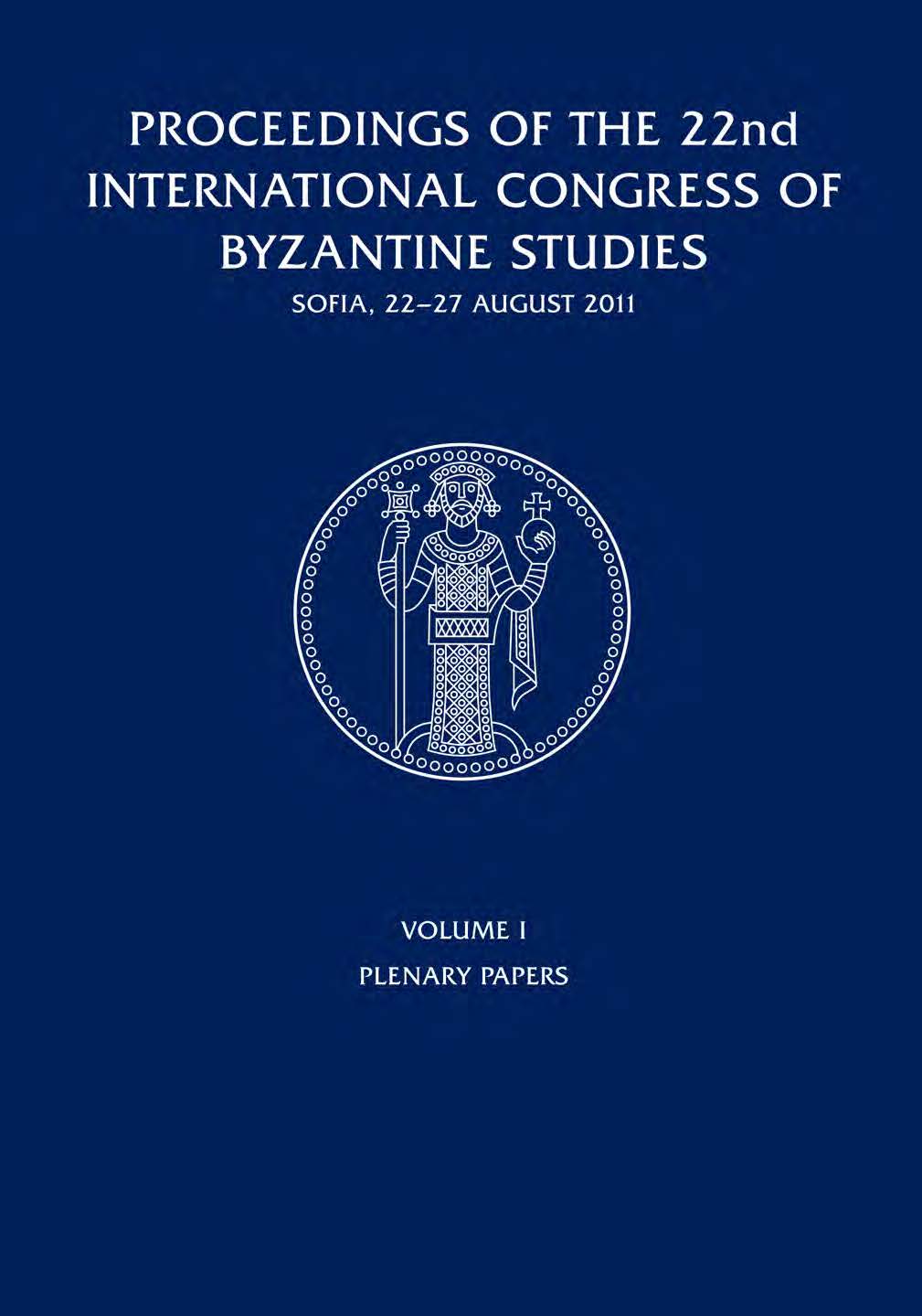
We kindly inform you that, as long as the subject affiliation of our 300.000+ articles is in progress, you might get unsufficient or no results on your third level or second level search. In this case, please broaden your search criteria.

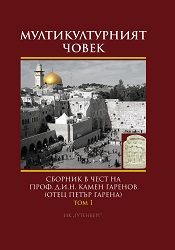
In this article the author examines the ancient fort of Borovets as historical archaeological object. She is explaining what changes have been made to the buildings and the fortification for the time it was populated from the Late Antiquity to the Early Medieval period.
More...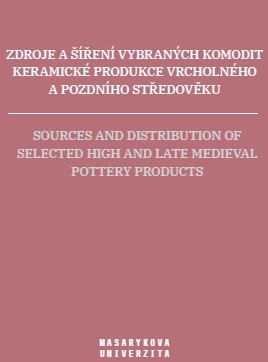
Analyses were conducted with five groups of stove tiles connected by various attributes, which are known from many locations in the Czech lands of the second half of the 15th century, from the neighbouring Austria or Poland, as well as from the nearby Hungary.
More...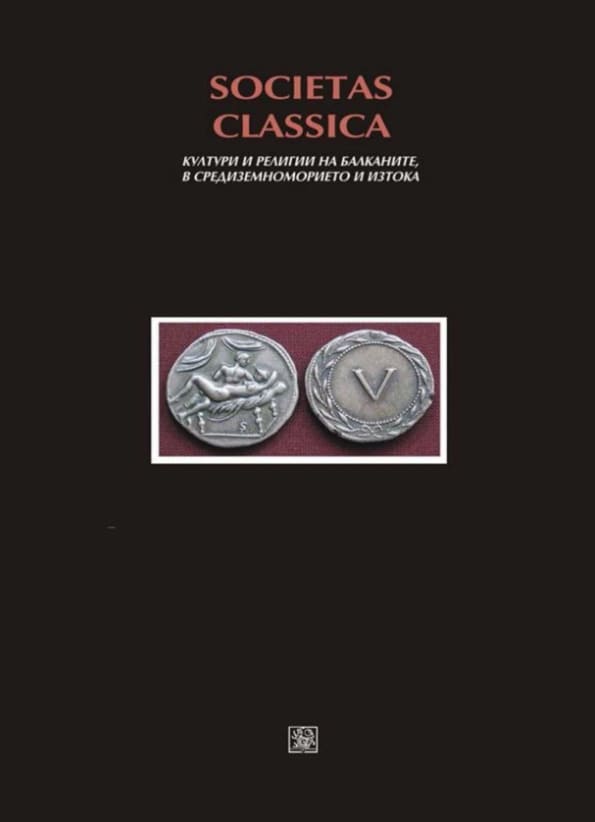
The aim of the present paper is to review some problems of the arrangement of nine monuments – seven reliefs and two drawings, proposed in two previous studies on the issue. Most of the monuments were found by Layard in 1845 within remains of the Central Palace in Kalah (Nimrud), but not on their original position because the artifacts were dismantled in the Antiquity. The circumstances of the finding are described with contradictions in the primary documentation and later works of Layard, giving opportunity to different reconstructions of the whole composition with the Arab campaign. As result two hypotheses were proposed for resolving of the problem, the first one by Barnett and Falkner in 1962, and the second by Reade in 1968 and 1979. Both hypotheses are examined critically in relation to their main schemes and arguments used in favor of the positions expressed. The physical form and the scenes of the monuments allow a sure reconstruction for only a part of composition and the exact place of five artifacts (three reliefs and the both drawings) remains uncertain. Some general and particular observations on the problems and hypotheses on relief’s order are added in the conclusion. The discrepancies in the archaeological documentation, our insuffi-cient knowledge on the principles of arrangement of Assyrian historical relief, and the missing monuments put every hypothesis on the order of the artifacts under doubt. For the present, the best way supposed for ordering the reliefs remains the direct relation between their scenes and the written narrative of the royal inscriptions.
More...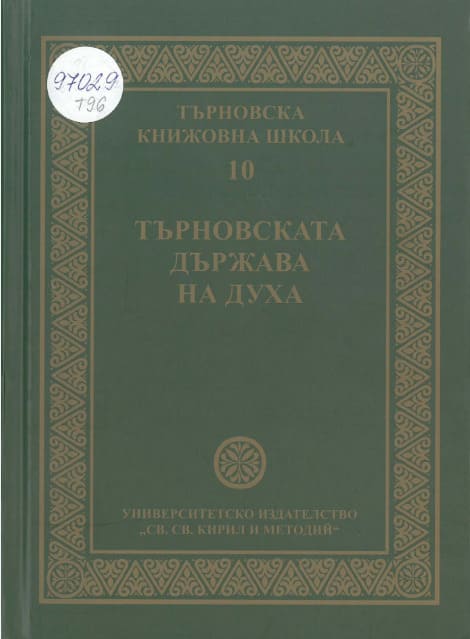
We have few written sources referring to the distribution of luxury textiles in medieval Bulgaria. Our knowledge on clothing is based primarily on foreign historical records, while the local Bulgarian sources (ecclesiastical texts mainly) provide general information without any details. The investigation on textiles, excavated in medieval Bulgarian lands lead to accumulation of data on silk fabrics, such as samite, twill damask, satin, velvet and partially covered the lack of written sources for this period. As a result of this study now we will have more solid grounds while comparing the distribution of luxury textiles in Bulgaria and Europe.
More...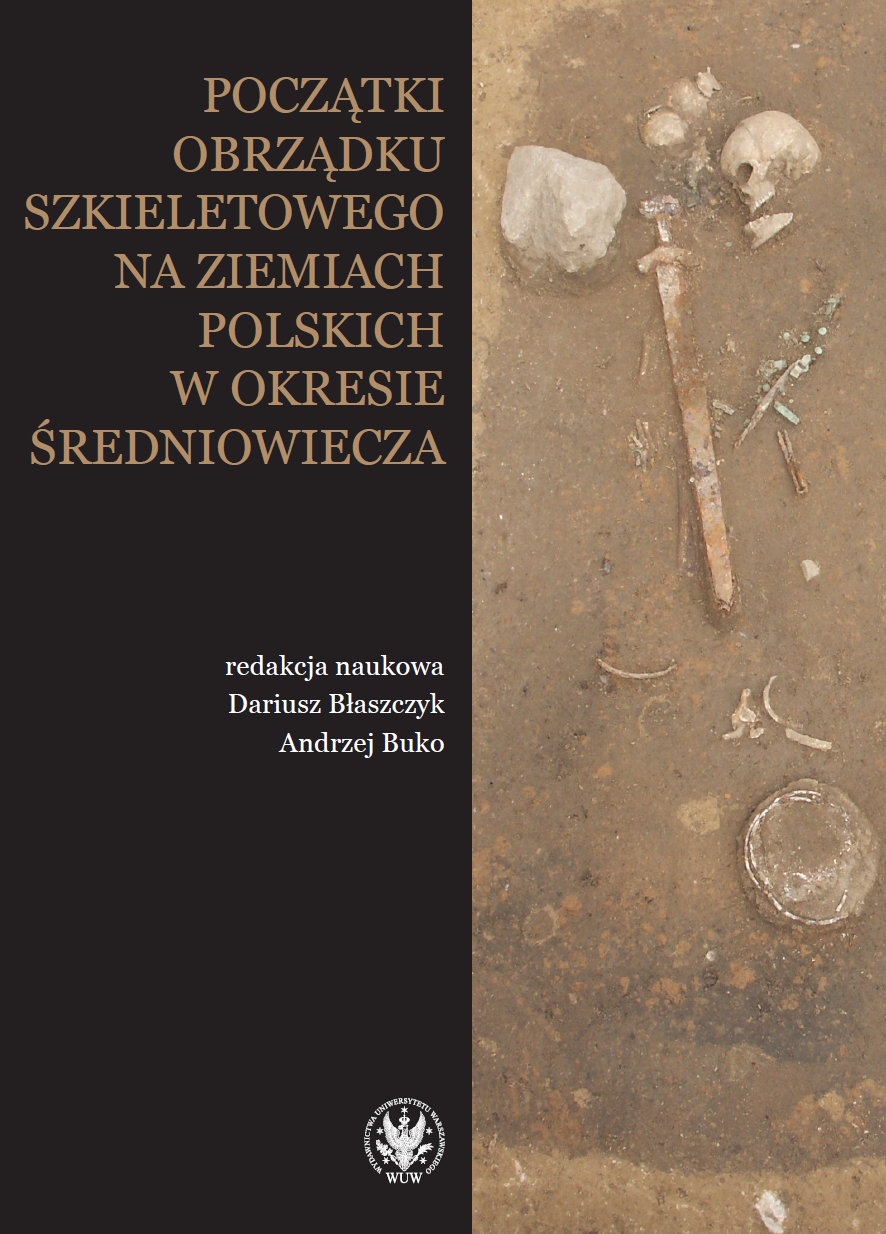
The fundamental problem in the context of research on the origins of the Polish state is the moment of its emergence in the funeral rite of inhumation. Its reception, according to many researchers, is a material correlate of the beginnings of Christianity. The conventional caesura - after 966 - is marked here by the baptism date of Mieszko I, the first historical ruler of Poland. Unsettled the question remains whether and to what extent his subjects followed in the prince's footsteps and to whom in the first place this new funeral custom concerned. The author on selected examples taken from both contemporary and medieval observations cemeteries illustrates the complex issue of dating the oldest early medieval cemeteries in Poland Polish. At the same time, he draws attention to inference errors, especially when separating their initial phases. On this sub-pond states that the thesis according to which in humation appears on Polish lands only after the year 1000 requires a critical verification.
More...
The cemetery in Lubień belongs to the group of the oldest early medieval inhumation necropolises in Poland Central. According to the authors' findings, the cemetery in Lubień was established in the first quarter of the 11th century is important for considering the problem of the beginnings of inhumation in Poland at that time. Destruction of the central part of the establishment burial ground, which is also assumed to be the location of the first burials, seriously hinders drawing conclusions in a binding manner about its initial phase. The analysis of the archaeological material indicates that the time of the most intensive use of this place fell on the second half of 11th century, although members of the local community were buried there until the third quarter of the 12th century. Only the few products of material culture (numismatic items, earrings with a triangular bead, a ceramic vessel) allow us to wonder whether the cemetery was established at the end of the 10th century. New light on the beginnings of the necropolis and inhumation in this area may be shed by research biological material using absolute dating methods.
More...
In the years 2013–2015, the oldest part of the skeletal cemetery, which functioned in the 11th century on the so-called Town Hill in Sandomierz. Some of the graves dated to the end of the 10th and/or the beginning of the 11th century are in form and applied funeral ritual similar to the so-called chamber graves. They contained above-standard, as for the conditions Lesser Poland, equipment (including clay pots, an axe, horseshoe clasps, a set for striking fire). Forms of graves and equipment suggest foreign origin of some of the deceased, which is also confirmed by the results of specialist analyses on the content of strontium isotopes. Noteworthy is the relatively large number of "eastern" elements in the equipment of the dead: an ax (axe), a key reused as a flint, horseshoe clasps, whorls. Taking into account the dating of the graves and their forms and equipment, it can be assumed that we are dealing with elite burials belonging to people whose at least some of them came to Sandomierz from outside, probably representing the Piast rule. They could have been newcomers from Wielkopolska, however, it cannot be ruled out that - especially in the case of the deceased from grave 9 - we are dealing with a Varangian - Rus in the service of one of the first two historical rulers of the Piast dynasty. These graves gave rise to it probably the oldest necropolis in Sandomierz, used by its inhabitants deep into the 11th century.
More...
In recent years, three biritual cemeteries described as the Bilczew type have been discovered in the vicinity of Konin: Bilczew, commune of Kramsk, commune loco, and Kwiatków, commune Brudzew. This group also includes one archival cemetery at Konin, commune loco, which requires new interpretation and reanalysis. These sites are of special significance because continuity in the use of the necropolis after a change of religion, and therefore of the funeral rite, has been recorded there. It is a phenomenon that has not been noted in Greater Poland so far. The text presents and discusses most fully the cemetery at Bilczew, as it is the best recognised and published necropolis of this type to date. As a result of the excavation works, the entire preserved part of the site was examined, revealing 102 early medieval pit cremation graves and 27 skeletal ones, as well as one undetermined pit. The other cemeteries of this type were examined only by digging test pits (Kramsk), or the results of their excavations were initially misinterpreted (Konin). The largest of the recently explored cemeteries of this type (Kwiatków), where 127 cremation graves, 143 skeletal graves and 10 cenotaphs were discovered, awaits study and publication.
More...
The subject of this article are the beginnings of the oldest early medieval necropolis located under the mountain St. Lawrence in Kałdus. Its creation coincided with the period of building the Polish state and accompanying this process Christianization, which was expressed in the eschatological dimension by inhumation. In the case of Kałdus, it was considered the earliest chamber graves, which were to initiate the development of the first necropolis, which was then used by several generations of residents resort in Culmine. Among the issues that have been given the most attention in this place, they come to the fore Two issues arise: 1) the genesis of inhumation in the Chełmno region and 2) the moment when it began to be used.
More...
Cemetery in Lutomiersk, explored by Konrad Jażdżewski's team in the 1940s and 1950s, published by Andrzej Nadolski, Andrzej Abramowicz and Tadeusz Poklewski in 1959, continues to be the object of interest generations of archaeologists. This is undoubtedly one of the most important funeral sites from the first period the Piast monarchy. Publication by Ryszard Grygiel of new data in the form of radiocarbon dating for parts graves from Lutomiersk, allows us to resume the discussion on its dating. Using Bayesian modeling radiocarbon dates, analysis of burial equipment and the spatial structure of the cemetery, it is proposed to provide more detail here dating and interpretation of the development of the burial space. The presented findings are of a working nature and testify, above all, to the still significant research potential of this site.
More...
The author discusses the results of determining the age of the bones of skeletons buried with the use of the radiocarbon method chamber graves from the area of the early Piast state. The test samples were taken directly from the skeletons and in most cases issued using the AMS method. Radiocarbon dating showed that most of the tested burials came from the second half of 10th century and the reign of Mieszko I. So these people lived and worked during his rule, too they died and were buried during his reign. Two of the examined graves can be related to the beginning of the 11th century, that is, until the reign of Bolesław the Brave. The obtained results of 14C dating indicate that the beginnings are associated with Christianity inhumation in Poland can be associated with the second half of the 19th century. 10th century, with the reign of Mieszko I. At that time, the first one was founded skeletal cemeteries, which in many cases were used continuously until the end of the 12th or the beginning of the 13th century.
More...
Until recently, the intuitive conviction prevailed that a departure from the centuries-old eschatological tradition, which required cremation of the corpse, took place shortly after the baptism of Mieszko I in 966. In this way, archaeologically confirmed the belief of medieval chroniclers that the conversion of the ruler resulted in the rapid Christianization of his subjects. Meanwhile from the time of his reign (before 963–992) there are no (except for Poznań) reliable evidence of a change in the funeral rite. The current dating of the oldest skeletal burials allows this change to be placed only in the last decade of the 10th century, that is already in the times of Bolesław the Brave. This means that our first historical ruler was not archaeologically visible successes in enforcing the Christian way of burying the dead.
More...
Coins are the best dater of any artifact discovered in archaeological contexts. The time of circulation must be added to the date of creation of the coins. Coin dating is also more precise than that using 14C radioactive carbon analysis. The earliest, but only sporadic, coins appear in graves at Silesia (Germany). They are more common in cemeteries in Wielkopolska (Dziekanowice, Sowinki), Kujawy (Bodzia) and Gdańsk Pomerania (Kałdus, Warm). The beginnings of depositing these coins in graves can be assessed for a period not earlier than the last quarter of the 10th century, and more certainly for the years 990–1000. This corresponds to the beginning of Bolesław's reign Brave (992–1025), i.e. a quarter of a century after the adoption of Christianity. Has this rite existed in Poland before, finally the reign of Mieszko I cannot be ruled out. For now, however, there are no numismatic arguments for this. We also don't know whether there were earlier skeletal graves, which, however, did not contain coins.
More...
This study covers the Hecate figurine, which is located in the region called Phrygia Paroreia in the Ancient Period and is exhibited in the Nasreddin Hodja Archeology and Ethnography Museum, which is affiliated to the Konya Akşehir Museum Directorate, in the Akşehir district of Konya province today. Although there are deficiencies in certain parts of the work, the fact that it is found as a single piece and especially the protection of the head allows us to evaluate the work. The Hecate statuette indicates the existence of local sanctuaries in the area. When evaluated together with the typological and iconographic features determined for the figurine, it is important to determine the belief structure and votive cultures in the region or settlement. The figurine most likely indicates its use either as a domestic cult or as a votive offering. The iconographic and stylistic evaluation of the Hecate figurine has been made, and it is considered suitable for dating to the first half of the 2nd century AD.
More...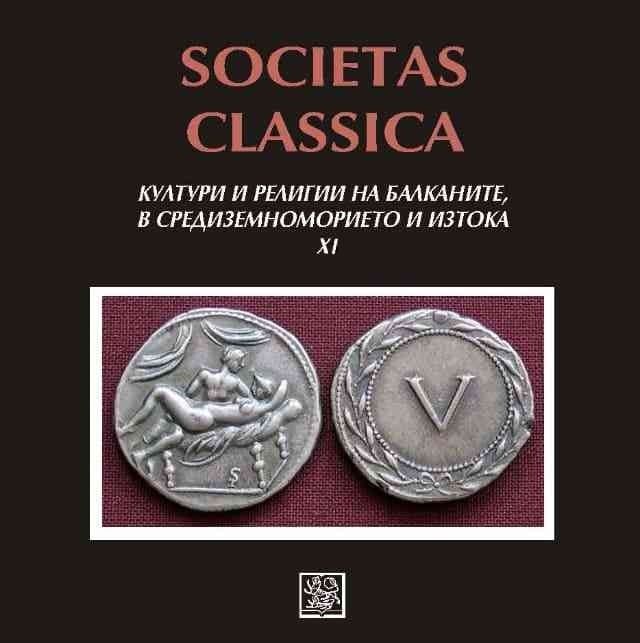
The present text discusses the penetration of Christianity in Philippopolis. For the purpose of the study the author presents and analyzes the historical events, the epigraphic sources and the archaeological evidences of the temple architecture within the city. The chronological boundary of the paper is until the middle of V century. The author summarizes the information of the topic, discusses some problems, asks new questions and submit new visions. The discussion is very important, because Philippopolis is one of the biggest cities in the Roman province of Thracia and also it is its capital. The ancient city is definitely rich in a variety of Christian buildings. Some of the temples differ from one another, but they have similarities in the architectural and mosaic decoration. It is important to be noted, that we can suggest, that there was a continuity in the cases of two of the temples with earlier non-Christian cultic structures (the temples in Komatevo and Djendem tepe).
More...
In 306 after the death of Constantius Clorus, his troops in York proclaimed his son Constantine for Roman emperor in violation of the established by Diocletian political system, called tetrarchy. After two decades of wars Constantine established himself as the sole ruler of the Empire. After his death his three sons divided the Roman empire and between 306 and 363 the state was ruled by his nephew Julianus Apostates. The name of the province of Second Moesia was mentioned many times in written sources during this period as well as its towns’ and archaeological data show the serious construction activity undertaken in them.
More...
An attribution is, first and foremost, an interpretative category. With the anonymous pottery painter identificated as the 𝑃𝑒𝑛𝑡ℎ𝑒𝑠𝑖𝑙𝑒𝑎 𝑃𝑎𝑖𝑛𝑡𝑒𝑟 would not be different, but this “creative personality” was implicated in unexpected workshop practices, stylistic transitional peculiarities and crossover involving parietal painting. Throughout the second half of the last century, the Penthesilea workshop generated less and less interest among the specialists in the field of Greek vase painting. The dominant interpretation that the “ethical” aspect of it’s contemporarie parietal paintings could be seen in the Penthesilea Painter’s works has given way to doubts and academic disinterest. This paper compiles main understandings on the subject.
More...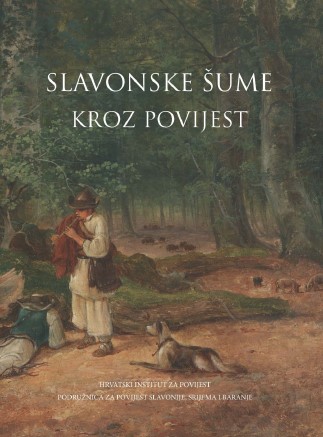
Wood was indisputably one of the most valuable natural resources of the Roman province of Pannonia. The southern part of the province, delimited by the Sava, Drava and Danube rivers, was no different. Though sporadically and briefly, several authors of the Principate period testify to the fact that this was a densely wooded area. Short notes from the literary accounts of Pliny the Elder and Appian of Alexandria are particularly instructive in this regard. No less valuable are the scattered archaeological remains which provide further evidence of the types of trees and their uses. Likewise, both stone inscriptions and figurative monuments shed some light on the complex human-nature relationship. This paper examines literary, archaeological and epigraphic records pertinent to the southern part of the Roman province of Pannonia, in an effort to offer a more coherent picture of forests and timber in the antiquity. Pliny’s mention of the acorn-bearing Pannonia suggests that the oak was the most prevalent species in the province. Referring to this area during the Roman conquests, Appian also pointed out that Pannonia was a wooded region. Others drew attention to the problem of human interventions in the environment. Forests and marshlands covered a considerable area in southern Pannonia, and soil amelioration measures were carried out on several occasions up to the modern times. Literary and epigraphic data implies that Pannonian forests were popular hunting areas for the local élite. Although direct proof of forest managment and ownership is yet to be found, two stone inscriptions unearthed in the north of the province indicate that the forests were either the emperor’s personal property, or were leased to local tenants. Archaeological excavations conducted in the urban centres of southern Pannonia showed that the first construction phase, dated to the early 1st c. AD, was predominantly marked by the use of timber. Classical authors refer to a whole range of different species used: oak, beech, fir, hazel, ash, alder, as well as different types of willow. Based on these reports, we can get a sense of how Romans used timber in the everyday life of the province. Votive monuments were used to examine the spiritual connection between the local population and the forests. It is worth noting that Silvanus was the second most popular deity in ancient Pannonia. The inscriptions and reliefs dedicated to him are regularly found not only in ancient spa centres, but also along the boundaries of private properties. It thus seems probable that the locals worshipped the deity as the protector of private estates on the edges of uncultivated wooded areas.
More...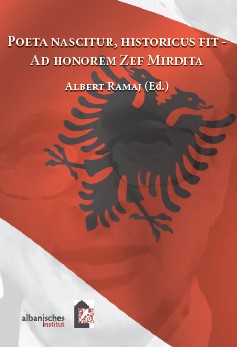
Kompleks mesjetar i objekteve kishtare afër Pejës. Në vendin ku e përshkruara gryka e Rugovës lidhët me rafshin e butë të metohisë. Seli e argjipeshkvinjëve dhe patrikëve serb nga shek., XIII gjegjësisht shekulli XIV. Kisha kryesore e manastirit është e kushtuar Apostujve të shenjtë. E ndërtuar mbi objektin e vjetër kishtar për të cilën supozohet se ka qenë i Shën Pjetri nën Zhdrellë (e njohur nga burimet historike). Në pjesët anësore të Shën Apostujve në shekullin e XIV, janë ndërtuar dy kisha në vend të kapelave të vjetra: kisha e Shën Dimitrit, në anën veriore, dhe ajo e Shën Hyjlindëses në anën jugore. Në të njejtën kohë me kishën kushtuar Hyjlindëses është ndërtuar veranda apo parahyrja, e përbashkët për të gjitha kishat, si dhe kapela e Shën Nikollës.
More...